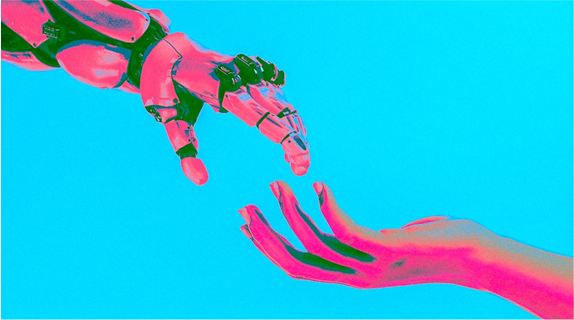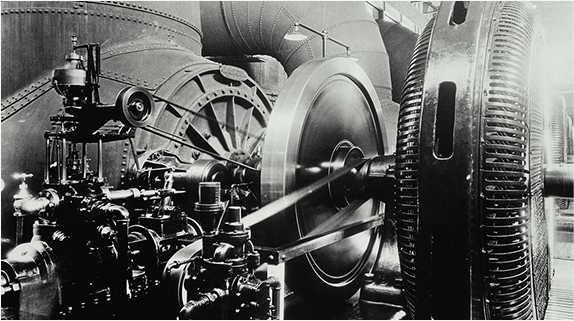
Every wave of technology builds on the one before it. The early web borrowed from print design – grids, typography, and hierarchy. Mobile apps borrowed from consumer electronics – portability, ergonomics, iteration. Cloud platforms echoed public utilities, offering scale and reliability as a service.
Each time, product teams had to adapt. They built new standards for adoption, new ways to engage users, and new models of trust.
Today, as AI becomes embedded in almost every product, the pattern repeats. The initial excitement soon gives way to saturation. Suddenly, the challenge isn’t access to AI – it’s adoption, engagement, and creating experiences people genuinely want to return to.

UX still matters
What’s striking is that UX doesn’t disappear in this new landscape. In fact, it matters more than ever. AI adds an invisible layer of complexity: prompts, context, and tools, all shaping the way an interaction unfolds. Designers who can guide those layers are the ones who will create products that cut through.
Looking beneath the surface
When you start working with APIs like OpenAI’s, you quickly see what’s happening beneath the surface. AI doesn’t “just work.” Every response is influenced by the way it has been prompted, the context it’s given, and the tools it can access. This is exactly where design has a critical role to play.
Prompts become a product’s personality, shaping tone, clarity, and user support. Context moves beyond memory, drawing on structured information like preferences or sector knowledge to make interactions feel relevant. Tools act as hidden features, quietly triggered by the AI, but requiring the same design care as anything visible in the UI.
And journeys still matter. A new user will need different context and reassurance than a power user. Designers must still test, iterate, and balance AI’s unpredictability with safeguards that ensure consistency and trust.

Collaboration is key
Of course, there are technical challenges. Larger prompts increase costs, tools add complexity, and engineering discussions often revolve around APIs and micro-services. But this is where collaboration thrives. Great products have always been built on partnerships between design and engineering. AI doesn’t change that – it just makes it more urgent.
Designing with AI, not just for it
The real shift is in mindset. We can no longer treat AI as a predictable system. It behaves more like a second user – one with quirks, contradictions, and biases. Designing with AI means designing with that in mind: guiding the human, guiding the machine, and ensuring both work together for better outcomes.